Penicillin
There are many things that we use every day that we take for granted. It’s fun to know that certain things we usually don’t pay much attention to while we’re using them weren’t a “thing” even 10 years ago. What’s more interesting is that many essential items, and life-changing inventions have actually been discovered by accident.
Maybe someone accidentally tossed an extra ingredient into a project they were working on, or left a piece of food out too long… and voila- something new and exciting just came to be. Something cool can easily come out of an accidental blunder or oversight, and scouring the history books to find the most intriguing and important accidental inventions of all time has revealed some fascinating discoveries…
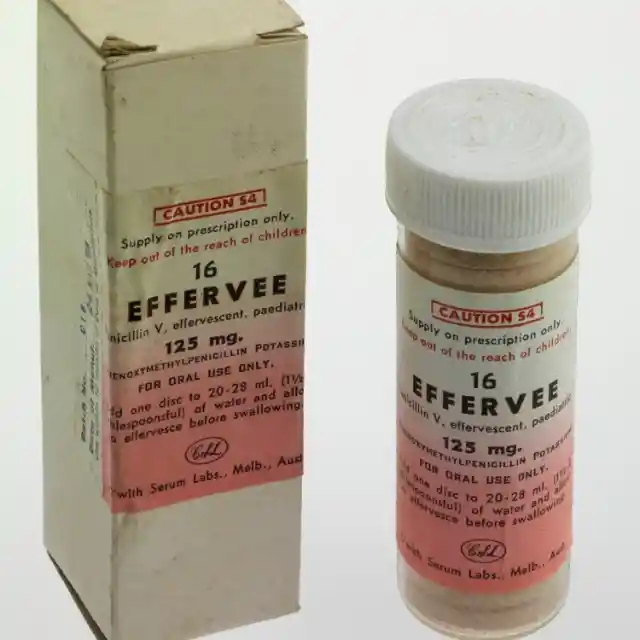
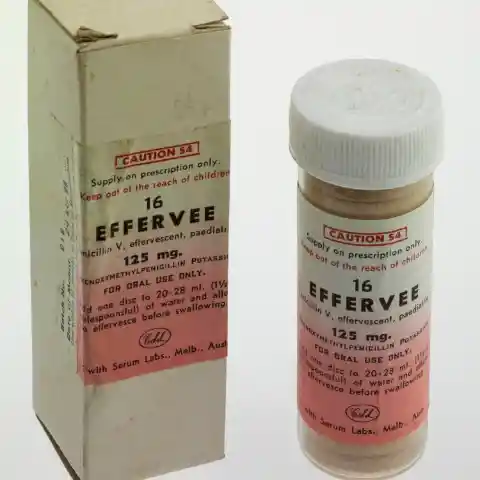
While trying to understand staphylococcus back in 1928, a microbiologist named Alexander Fleming added some bacteria to petri dishes before heading home for two weeks. Normally the bacteria would grow while he was gone, but when he returned, he was surprised to see that a unique mold had grown in the dishes instead. The first antibiotic, penicillin, was born.
The discovery had a major impact on the medical field, with serious diseases like endocarditis and bacterial meningitis being treated more easily.
Anesthesia


Most of us have been put under anesthesia at one point in our lives, and we know the side effects aren’t always pretty. Nitrous oxide and laughing gas were being used for recreational reasons until Charles Jackson, William Mortal, and Crawford Long decided to find a practical way of using them for the greater good. They’re attributed as the inventors of anesthesia!
Today, it’s used for everything from major surgeries to wisdom teeth removal. What would the medical field be like without this incredible and accidental discovery?
Stainless Steel
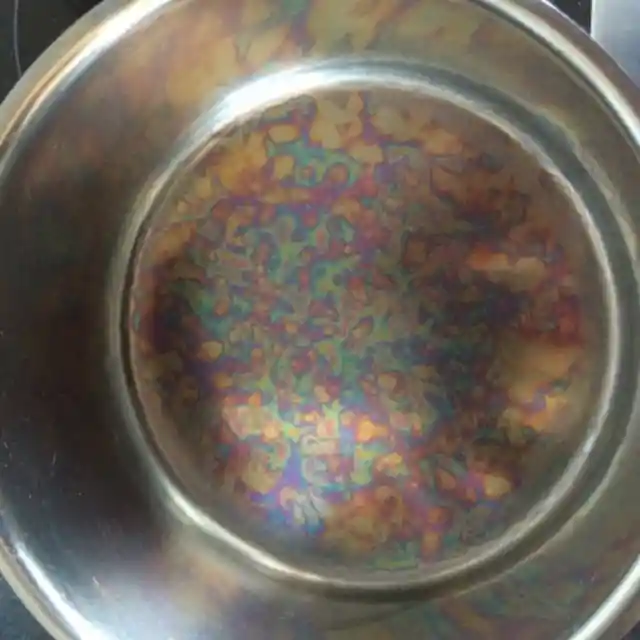
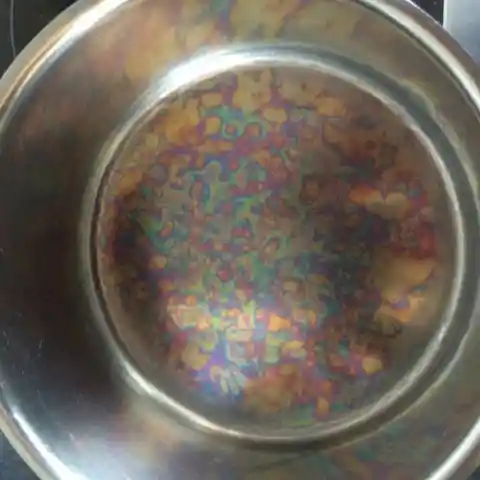
Stainless steel has found its way to most households today, but it was originally meant for a different purpose entirely. Harry Brearley was tasked with developing a steel alloy: a blend of iron, metals, and other materials that wouldn’t rust. People wanted to use the material to develop a gun barrel, but ended up with a kitchen tool instead.
Over 100 years later, it’s safe to say that stainless steel has come a long (and less dangerous) way since its invention in 1913.
Dynamite


Dynamite isn’t just a funny way to blow up cartoon characters; it’s a highly dangerous and legitimate invention that was created totally by accident. Alfred Nobel found a way to contain nitroglycerin in a tube without making it lose its power, and soon gunpowder had an opponent. A new type of weapon was born- dynamite. Interestingly, he’s definitely had some regrets…
Nobel was quoted as saying, “When I think of all the victims killed during nitroglycerine explosions…which in all probability will continue to occur in the future, I am almost ashamed to admit to be its discoverer.”
Corn Flakes


The iconic breakfast cereal that almost never was. Will Keith Kellogg offered to help his brother out on the job; he was working at a hospital cooking meals for patients at the time. In the process, he forgot that he’d left some bread dough out, and it sat on the counter for many hours. Upon realizing his mistake, Kellogg decided to bake it anyway.
As you can imagine, it was then that the first-ever corn flakes were made! This was half-accident and half-laziness, and 100% breakfast-changing.
Safety Glass
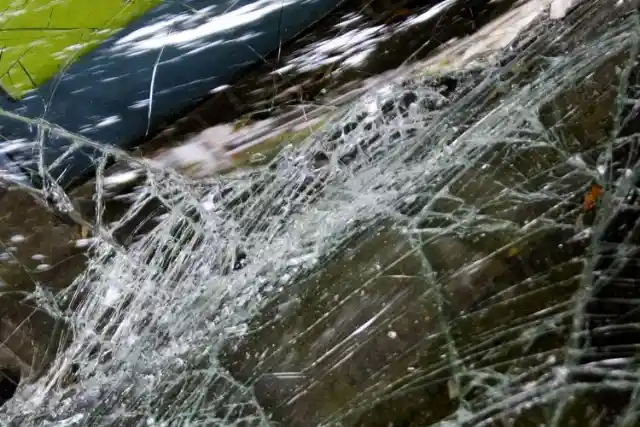
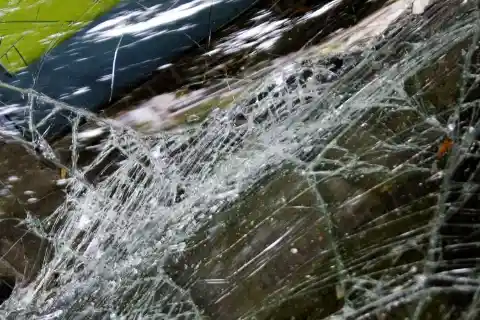
This commonly used glass came to be after a French chemist named Edouard Benedictus had an accident in his lab. More specifically, he dropped a flask full of plastic cellulose nitrate off his desk. But instead of the glass shattering into a million pieces, it just cracked. Many years later, all vehicle windshields are made from this!
Safety glass is used for a wide variety of other things these days, from refrigerator trays to the thick glass you find at the aquarium.
Velcro
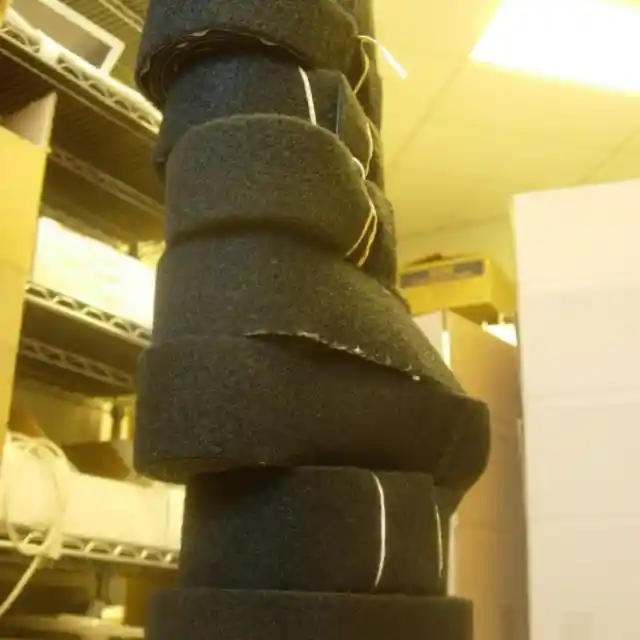
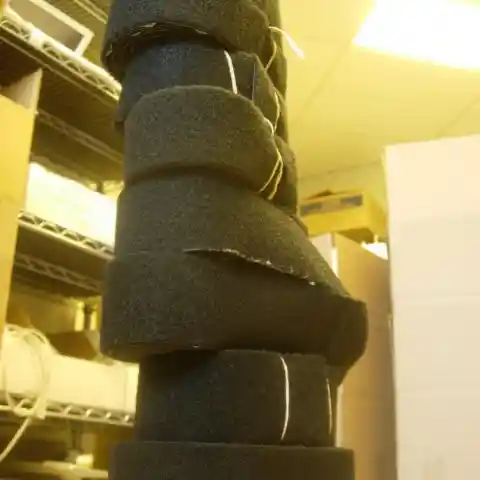
George de Mestral was a true creative genius who invented Velcro for a really strange reason. In 1948, he was out in the woods hunting with his dog when he noticed that several burrs were sticking into his dog’s fur. Later, he tried to replicate this effect in the lab, and soon this invention was being used by NASA!
Velcro is used by NASA, in addition to its use in shoes, golf clubs, computer cords, and a range of other technologies.
Super Glue
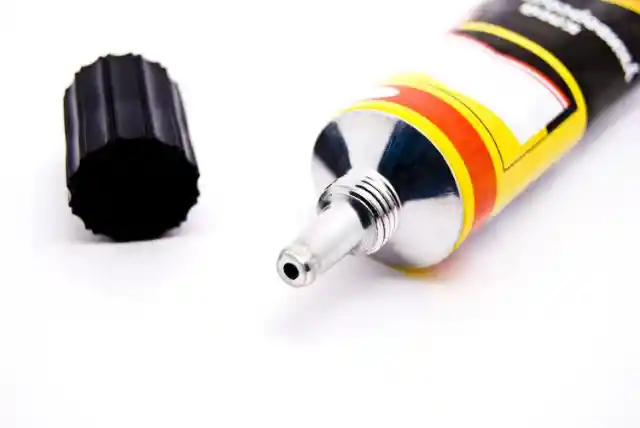
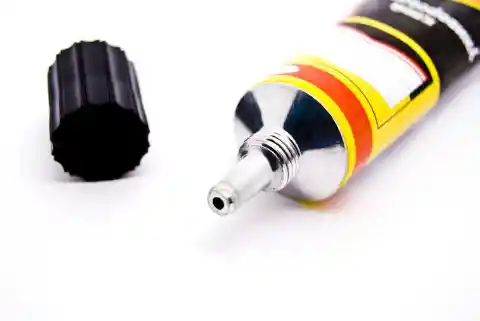
Harry Coover was working as a researcher at Kodak Laboratories, and his job was to develop plastic lenses to be implemented on gun sights. One day, he accidentally made a synthetic adhesive made from cyanoacrylate. At first, he rejected it because it was too strong, but years later, it found its way to every home.
Admit it; you have a tube or 10 of super glue in your home that you use more often than you’d like to confess. And at least half of those tubes are glued shut on accident.
Play-Doh
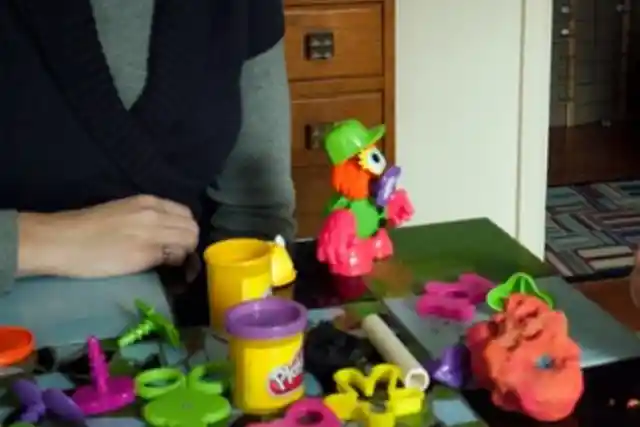
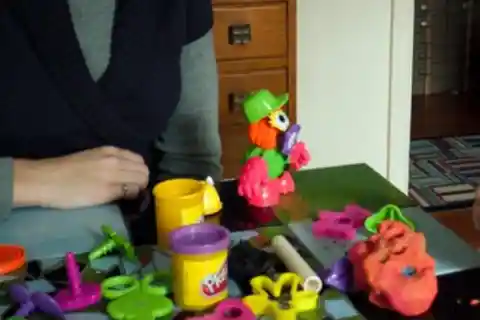
Before Play-Doh was found in every single elementary school classroom ever, its original use was to clean wallpapers. In the 20th century, people didn’t have to use coal to heat their homes anymore, so their wallpapers didn’t need much cleaning. Cleo McVicker’s son, who had originally created the dough to clean wallpaper, found a new use for it!
As they say, the rest is history! Now kids will be playing with their Play-Doh pizzas until the end of time and mixing all the colors into an unintelligible brown blob.
Plastic
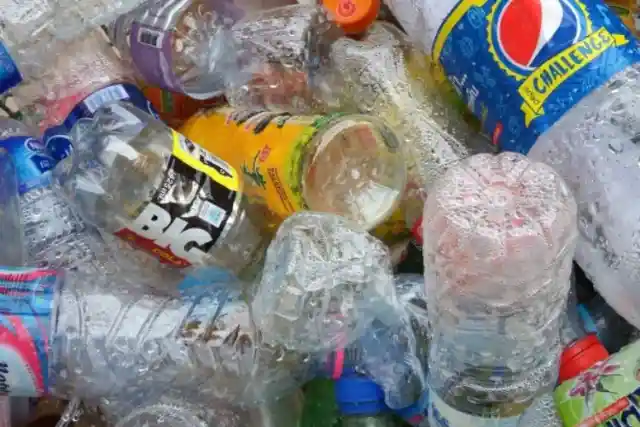
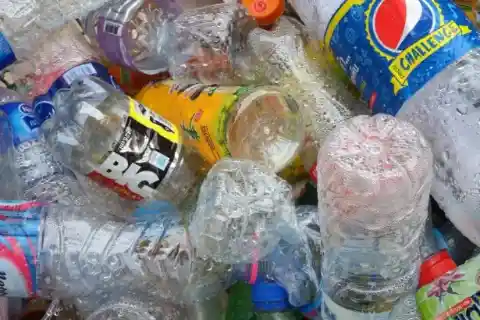
Can you imagine your life without plastic? Plastic is everywhere today, but this wasn’t the case 100 years before. Instead of plastic, the most commonly used material was shellac, but because it was made from beetles that were imported from Southeast Asia, it was very costly. Leo Hendrick Baekeland decided to try and find an alternative.
Soon he invented a moldable material that could withstand high temperatures without melting. Hence plastic was born!
Ice Cream Cones

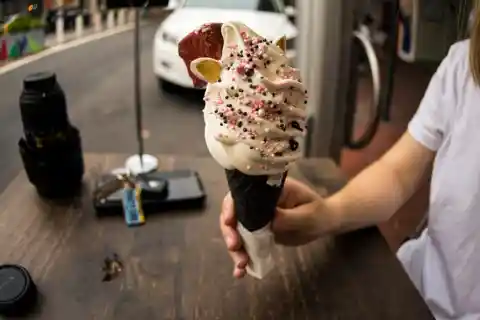
Even though ice cream had been served for several years prior, it was never put on a cone until 1904. It was at a fair: the ice cream stall was selling out so quickly that they ran out of plates to put the ice cream on. Luckily, the Persian waffle stall next to it was hardly selling anything, so the stall owners teamed up.
They decided to roll the waffles and place the ice cream on top. Everybody wins, and the ice cream cone became a reality!
Popsicles

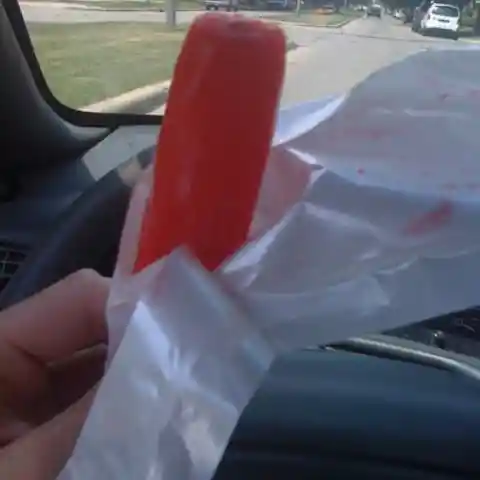
In 1905, the 11-year-old Frank Epperson decided to try and save some money by trying to recreate the (very famous at the time) soda pop at home. He used a combination of powder, water, and other materials, but he wasn’t pleased with the result and left the mix on his porch all night.
That night, the temperature fell below zero, and Frank woke up to see the first popsicle ever made! Convenient weather is convenient.
Coca-Cola

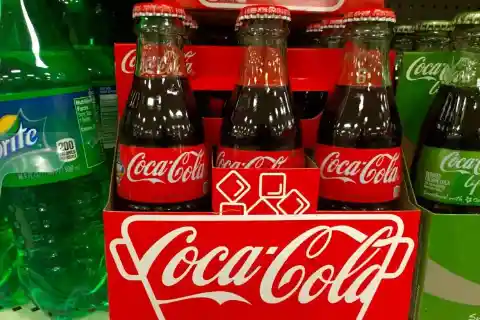
While the exact recipe of Coca-Cola is not known, the story behind its invention is fascinating! A civil war veteran named John Pemberton was working as a pharmacist, and he was working on medicine to treat ailments such as opioid addiction, headaches, and stomach pain. But by mistake, he invented the most popular drink to have ever been made! But…what possessed him to actually taste it?
These days, Coca-Cola is a huge corporation with millions of drinks sold every year and a hilarious social media presence. Not bad for an accidental invention!
Potato Chips


In 1853, George Crum was a chef from New York who specialized in making thick-cut French fries to be eaten with a fork. He was frantic when a customer sent his fries back to the kitchen, complaining that they were too thick. In his attempt to please the customer, George tried a new approach.
He sliced a potato extra thin, fried it in oil, and then immediately put it in salt. To his surprise, the customer liked the fries, and George became the inventor of potato chips!
Post-It Notes
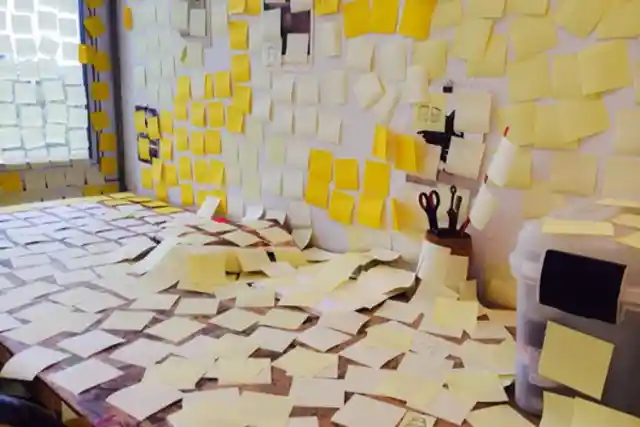
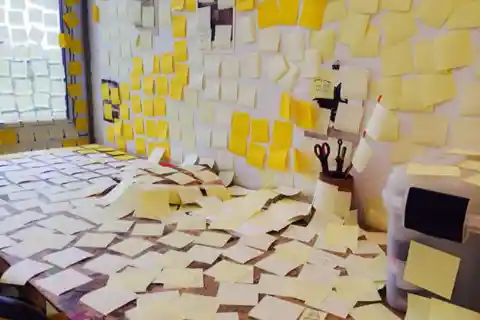
An office must-have that’s also used for a ton of pranks, we couldn’t even imagine life without Post-It notes. How did they come to be? In 1968, a chemist named Spencer Silver was employed by 3M, and one day, he discovered that he had accidentally made an adhesive with a strange sense of strength.
It was strong enough to support paper on a surface but weak enough to not rip the surface off afterward. By trial and error, 3 months later, the Post-It notes were born!
Microwave Ovens

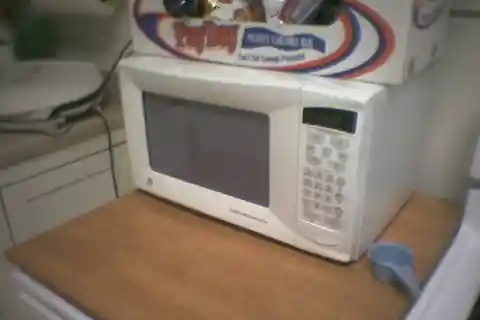
Did you know that this electrical appliance that is in more than 90% of American homes nowadays was discovered by accident? In 1946, an engineer named Percy Spencer was operating a magnetron (which is the main component of a radar system) when he realized that a candy bar that he carried in his pocket had melted and made a mess after exposure to the waves.
He then decided to place an egg in the path of the magnetron waves and soon, the first microwave was ready to be released into the world!
Saccharine


For years, people were trying to find a way to sweeten their food without adding too many calories. Of course, all attempts were unsuccessful. One day, chemist Constantin Falhberg was trying to find other ways to use coal tar. He didn’t make much progress, but when he returned home and tasted some fresh biscuits that his wife had made, he realized that they were sweeter than usual.
The explanation? He didn’t wash his hands before trying the biscuits, and he discovered the secret of coal tar. All this for some biscuits!
Laughing Gas
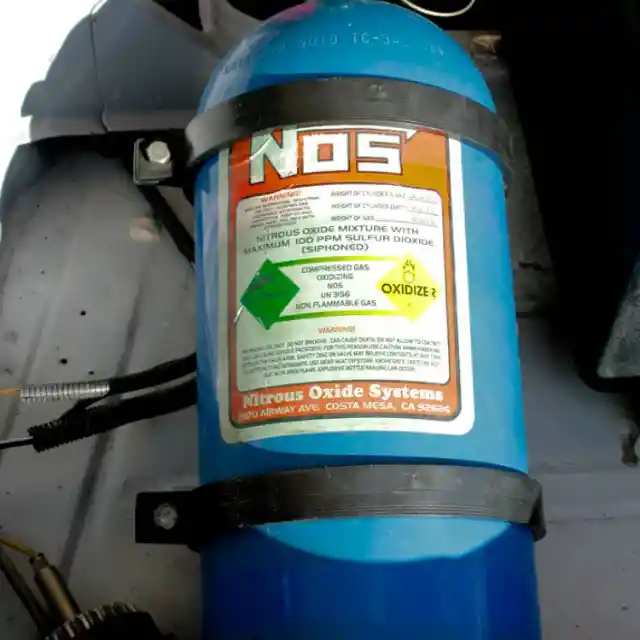

Humphry Davy was a young English inventor and chemist who loved to use himself as a lab rat. One day, he decided to test the effects of inhaling artificially produced gasses. Not much time had passed when Davy discovered that heat-treating ammonium nitrate crystals produced a gas that, if inhaled, caused euphoria! Later, it was named “laughing gas.”
Could you ever imagine that something so iconic was invented by accident? You learn something new every day, it seems!
Fireworks


It all happened when a Chinese cook mixed sulfur, saltpeter, and charcoal over a fire as an experiment. You don’t have to think much to guess what happened! The next morning, the cook tried to recreate his experiment, and he was ecstatic to see that it worked again! Later, the Chinese learned that if they put the mix inside a piece of bamboo, it exploded!
And this is how the firecracker was born! We’ll see you every Fourth of July for a grand firework show courtesy of this slip-up.
Chocolate Chip Cookies


There are few things more delicious than warm, freshly made chocolate chip cookies. Ruth Graves Wakefield, co-owner of the Toll House Inn, was baking chocolate cookies when she discovered that she was out of baker’s chocolate. A disaster, right? Not quite. She decided to cut up some semi-sweet chocolate, thinking it would spread evenly through the batter.
What she got was a bittersweet surprise, pun intended. The first batch of chocolate chip cookies was born, and those with a sweet tooth have Ruth Graves Wakefield to thank for their favorite dessert.
Champagne


Wine is great, but no New Year’s celebration or bachelorette party would be complete without champagne. How was the classy drink created? It started as rejected wine! When temperatures dropped in the colder months, the fermentation process on wine would temporarily come to a halt, leaving an excess of carbon dioxide in the bottles when the process resumed in the spring.
French monk Dom Pierre Perignon was sent to the Champagne region of France in 1668 to resolve the fermentation problem, only for people to suddenly decide they liked this new drink!
Chewing Gum
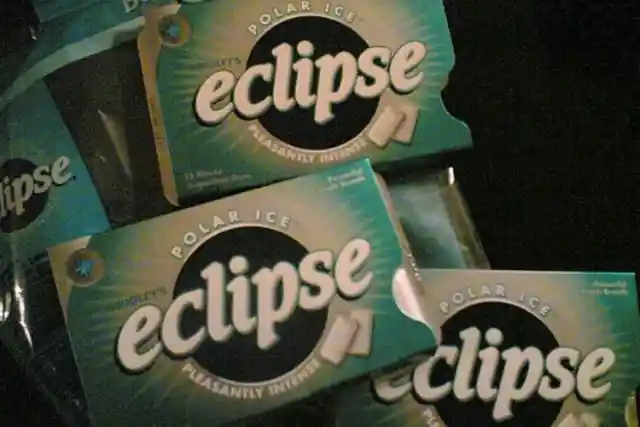
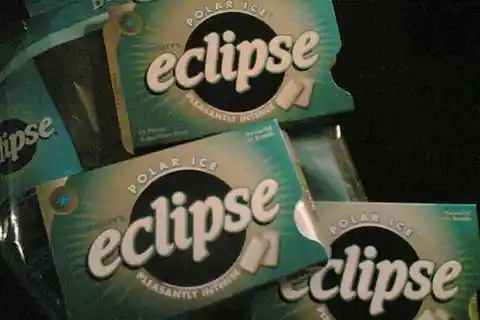
Believe it or not, there was a world where your classmates didn’t ask you for gum every other day. In fact, the chewy treat wasn’t “officially” discovered until the late 1800s, when inventor Thomas Adams Sr. accidentally created it after trying to turn chicle (what gum is made from) into rubber.
He failed to make rubber, but Adams Sr. did create one of the most popular treats of all time. Not too shabby for his resume!
Matches

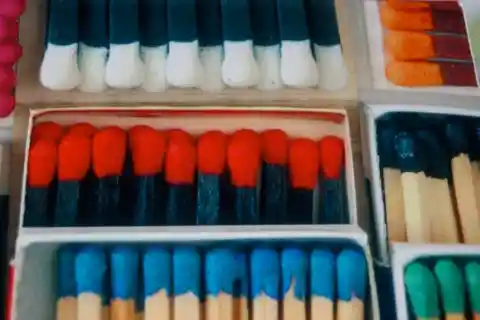
Guess you could say chemist John Walker was playing with fire. He created modern matchsticks in 1826 totally by accident! This happened when he scraped a chemical-coated stick across his hearth at home and realized that it had caught fire. Most of us would freak out, but it was the start of something amazing for Walker.
He called them “Friction Lights,” originally made out of cardboard, before switching over to sandpaper and wooden splints.
Brandy

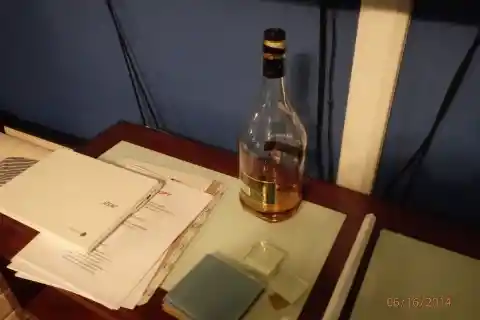
Similar to champagne, this alcoholic beverage is the result of wine gone wrong. A Dutch shipmaster decided that he’d like to make wine easier to transport, and he used heat to concentrate the alcohol. He had planned to add water to it once he reached his final destination, but it didn’t get that far.
To his surprise, he truly enjoyed the taste of concentrated wine. He skipped the water and named this new wine brandewijn, or “burnt wine” in Dutch. Thanks, man!
Bubble Wrap
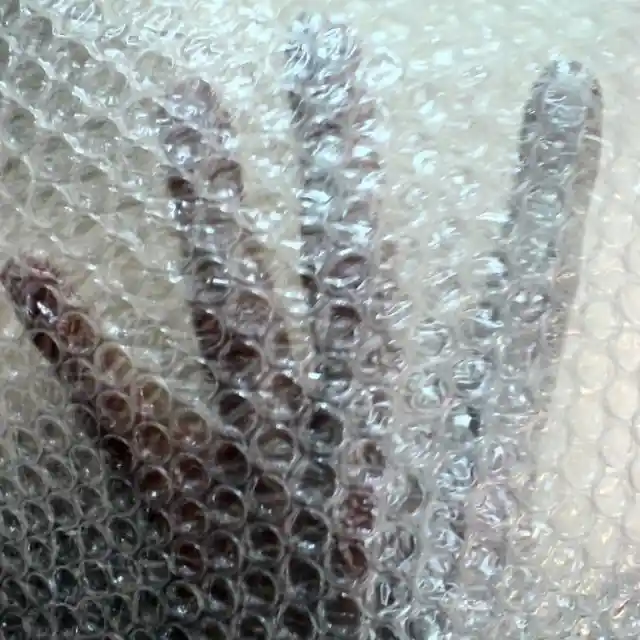
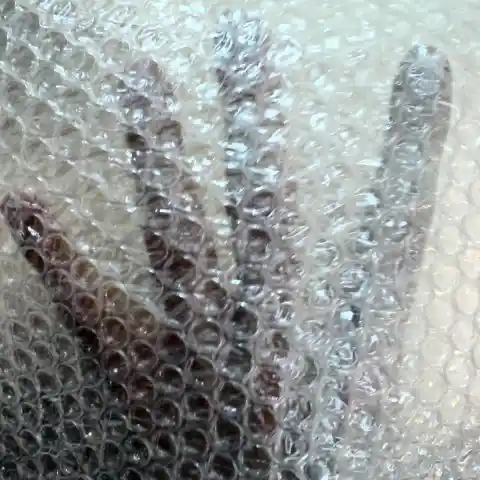
Ah, bubble wrap. It’s often more exciting to pop bubbles than to receive your package inside. Can you believe it was a total accident? Or at least, it wasn’t made to be used the way it is today. Engineers Alfred Fielding and Marc Chavannes originally made bubble wrap to be used as wallpaper. As you can imagine, it was unsuccessful.
After a brief (and unsuccessful) stint trying to turn bubble wrap into greenhouse insulation, it finally became protective packaging in the 1960s.
Silly Putty
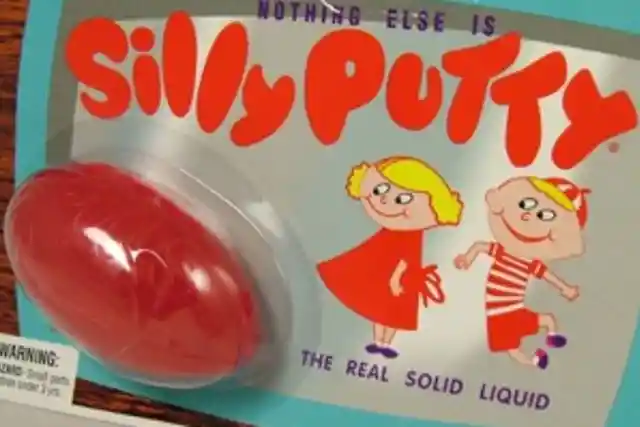
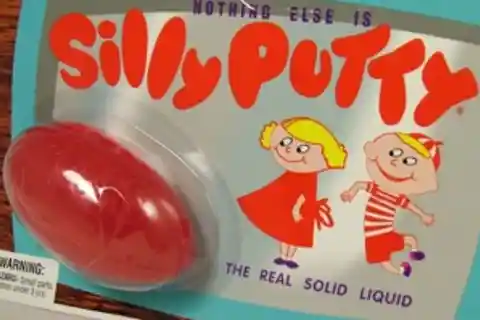
This toy is a little less common today, with kids being buried in their iPhones, iPads, and other forms of technology. But it was the thing to have as a child back in the day. It was invented when engineer James Wright tried to find a cheap alternative to synthetic rubber.
During the process, he dropped boric acid into silicone oil and discovered the bouncy, stretchy material that became Silly Putty.
Tea Bags
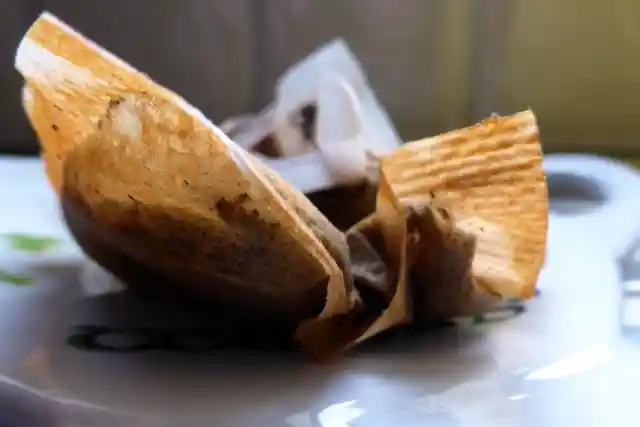
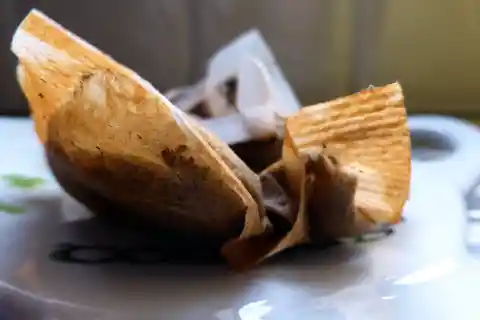
Sure, the beverage has been around for centuries…but the tea bag didn’t officially become “a thing” until 1908. It was then that tea merchant Thomas Sullivan began shipping tea samples out in small silk pouches. He simply wanted a lighter and less expensive way to get tea to his customers, as opposed to tin containers.
As it turns out, his customers loved the convenience of it and insisted he continue the process. Other tea merchants followed suit, resulting in the popularity of the modern tea bag.
Botox
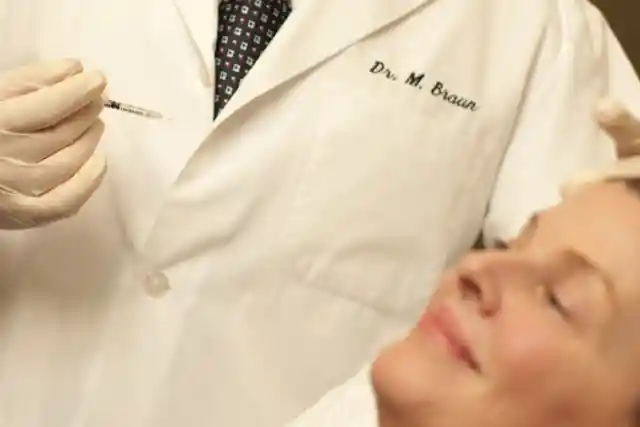
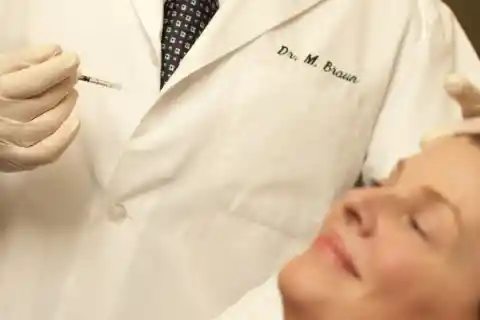
We know what you’re thinking. How does one accidentally inject their face with a gigantic needle and discover that it gets rid of wrinkles? A San Francisco ophthalmologist made a smooth (get it?) discovery in the 1980s when testing out new treatments for crossed eyes. He found it…and much more.
As it turns out, one of the side effects of this treatment for crossed eyes was temporary facial paralysis. It sounds scary, but it greatly reduced frown lines and wrinkles, becoming what is known today as Botox.
Slinky
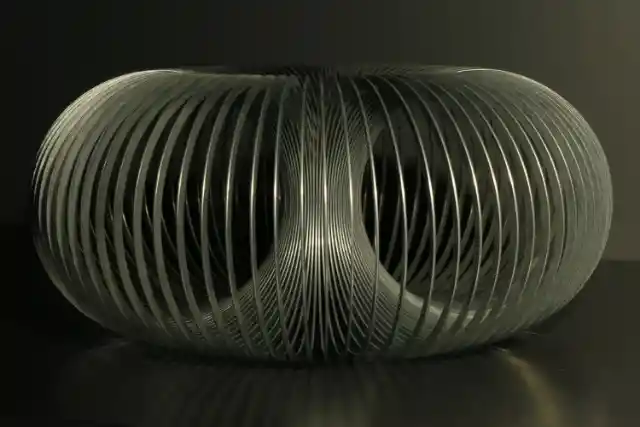
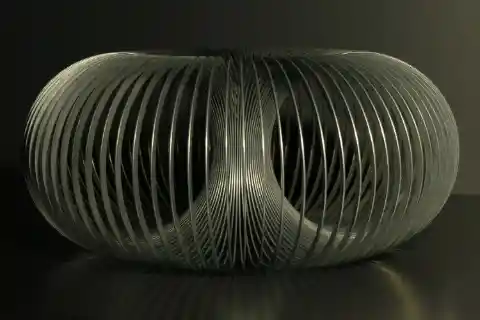
One of your parents’ favorite toys (and probably your favorite Toy Story character) was created by mechanical engineer Richard James in 1943. He was originally trying to devise springs to keep sensitive ship equipment safe and steady at sea, but everything changed when he accidentally knocked a few springs off a nearby shelf.
James was amazed as the spring kept bouncing from place to place after it hit the ground. He played with it for a little while, as did millions of kids after the Slinky became one of the most popular toys in the world.
Inkjet Printer
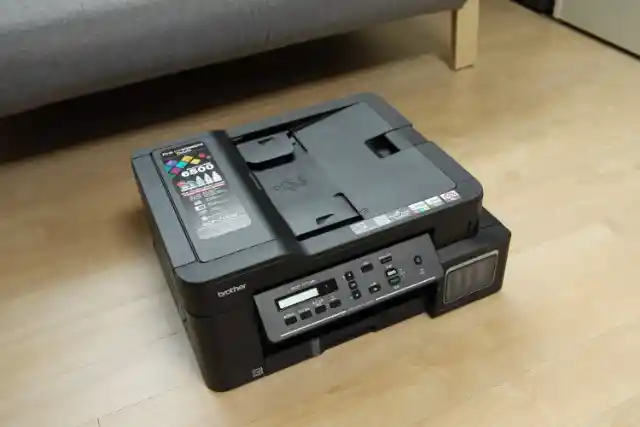
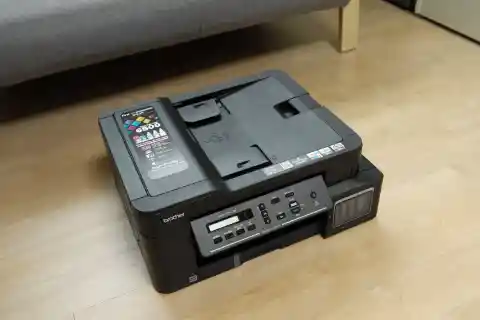
Printers are a staple in every office and library, but they may not exist if not for one engineer’s mistake. He worked with Canon, and one day, he set his hot iron on his pen by accident. As you can imagine, ink was ejected from the pen’s point not long after, which gave him a crazy idea.
Not much is known about the Canon engineer or his story, but this simple mistake led to the principle that created the inkjet printer. Just think: what would you do with your term papers or office documents without it?
Teflon
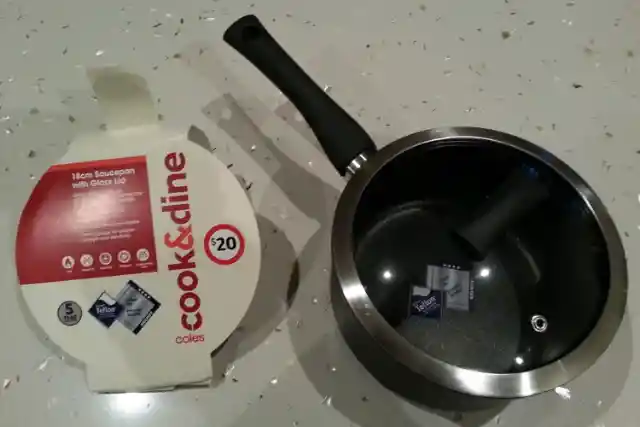

You may not recognize the name right away, but all you need to know is that this substance is what lets you make delicious omelets! A chemist by the name of Roy Plunklett accidentally came across a non-reactive, non-stick chemical while playing around with refrigerants. Unlike a few others who made accidental inventions, he patented it right away!
Today, this substance is known as Teflon, the coating on your frying pan to keep eggs from sticking. It’s usually black and is the household name for non-stick.
Vulcanized Rubber

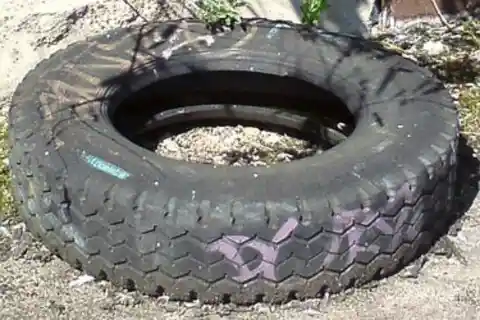
When you think of tires, what’s the first word that comes to mind? Goodyear? Rubber? Sounds about right. Charles Goodyear invented vulcanized rubber in the 1800s: the substance used to make durable items like car tires. He had been trying to find a strong form of rubber for ages but only succeeded by accident.
How did he do it? By accidentally dropping a bit of regular rubber mixed with sulfur onto a stove and realizing that it still kept its structure. Now he’s a tire icon!
The Implantable Pacemaker
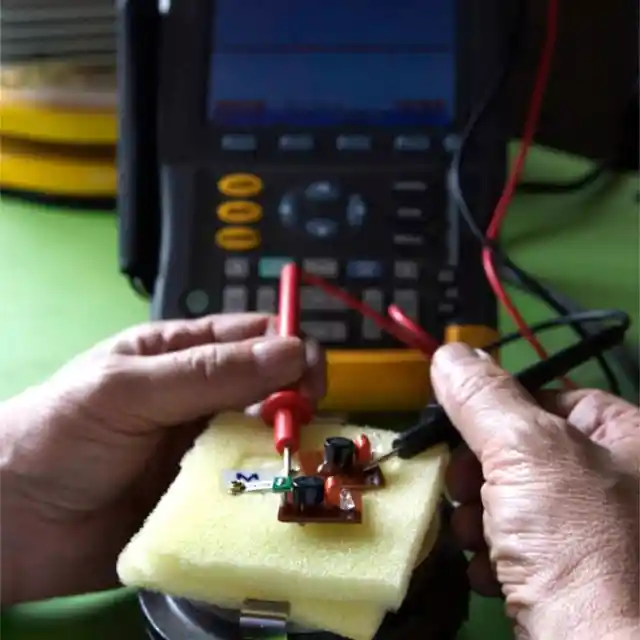
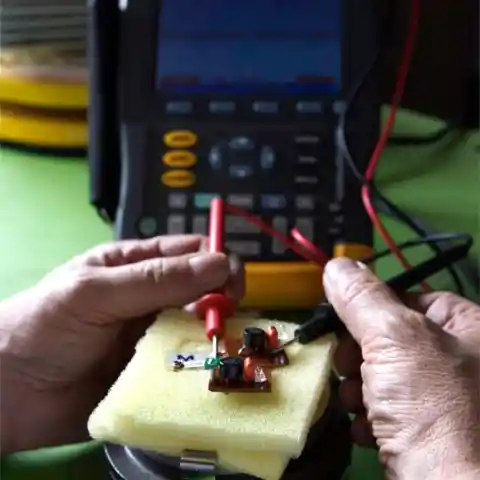
Every once in a while, you’ll accidentally create a device that helps people live healthier lives each and every day…which is just what Wilson Greatbatch did. He was originally working on equipment meant to record heart sounds, but he used the wrong transistor, which resulted in this device giving off an electrical pulse mimicking a heartbeat.
He worked with surgeon William Chardack to use the device to successfully control a dog’s heartbeat in 1958, eventually working their way up to humans!
Dry Cleaning


Dry cleaning is a blessing for those of us who need our outfits nice and pressed for work or don’t have parents to do our laundry for us. But what if it wasn’t around? As it turns out, the inventor of the revolutionary cleaning method already worked in the clothing industry as a textile maker.
Jean Baptiste Jolly discovered the beauty of dry cleaning when his maid accidentally knocked a kerosene lamp over onto a tablecloth. To his surprise, the kerosene actually made the linen cleaner!
Scotch-Gard
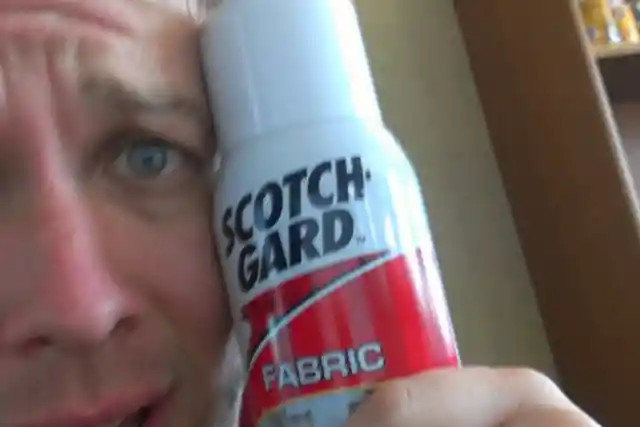
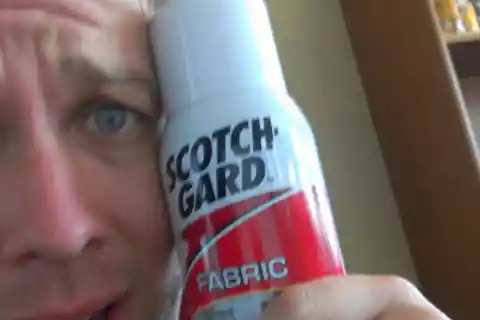
Oh Scotch-Gard, what would we do without you? It cleans everything from chairs and carpets, to the stains on your new Converse, which is actually how it came to be. 3M chemist Patsy Sherman was attempting to develop a rubber material that would not deteriorate from exposure to jet aircraft fuels, and she accidentally dropped a mixture on her shoe.
The shoe became miraculously cleaner than it was before, leading to the popularity of Scotchgard. You’ve gotta love when clumsiness leads to new discoveries.
Safety Pin
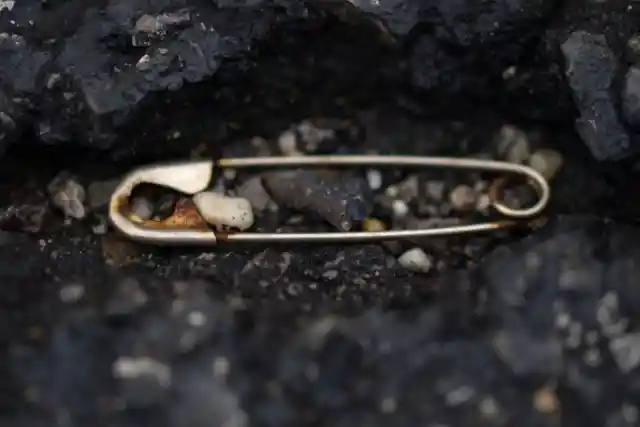
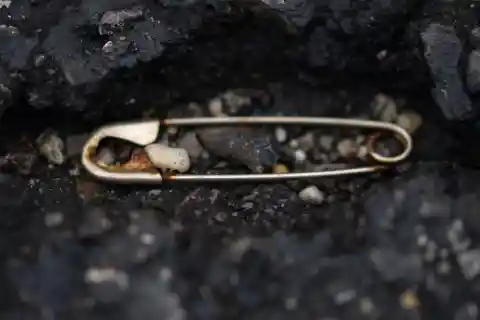
This is one of those ironic twists of life. Inventor Walter Hunt was sitting at his desk trying to think of innovative ways to pay off his mounting debts when he unintentionally came up with the safety pin: the discovery that likely made him super rich. Can that happen to us, please?
He invented the safety pin as he was playing around with a wire and scrap of metal, realizing that when the latter coiled, it could clasp and unclasp itself again. It’s a simple concept, but it’s so effective!
The Color Mauve
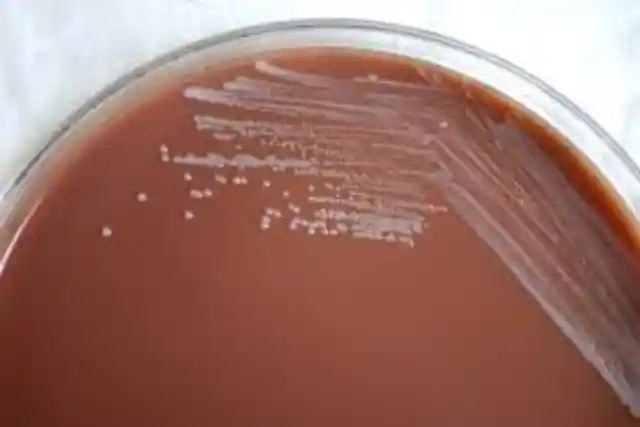
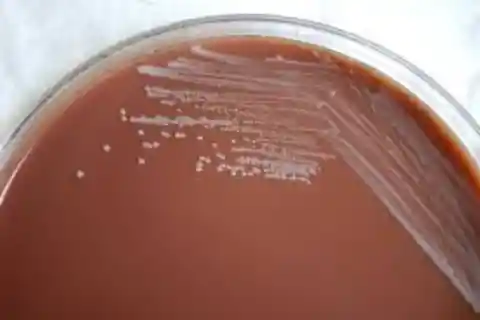
He may not have come up with a cure for malaria like he wanted, but teenage chemist William Perkin was able to create the world’s first synthetic dye and a truly beautiful color. The year was 1856, and a science experiment gone wrong didn’t seem so bad after all when Perkin noticed the stunning color overflowing from his petri dish.
Mauve is a beautiful color that can be found in anybody’s closet, so Perkin shouldn’t feel so bad about inventing it by accident and taking the fashion world by storm!
Vaseline


A visit to an oil field led to an unbelievable medical discovery. Robert Chesebrough noticed that workers were complaining about “rod wax,” which is as unpleasant as it sounds. This waxy substance was continuously clogging up pumps and had to be regularly removed, but it had a much better use.
When workers told Chesebrough that they had been using it to treat their wounds, he spent over a decade perfecting his process before modern Vaseline was introduced to the world.